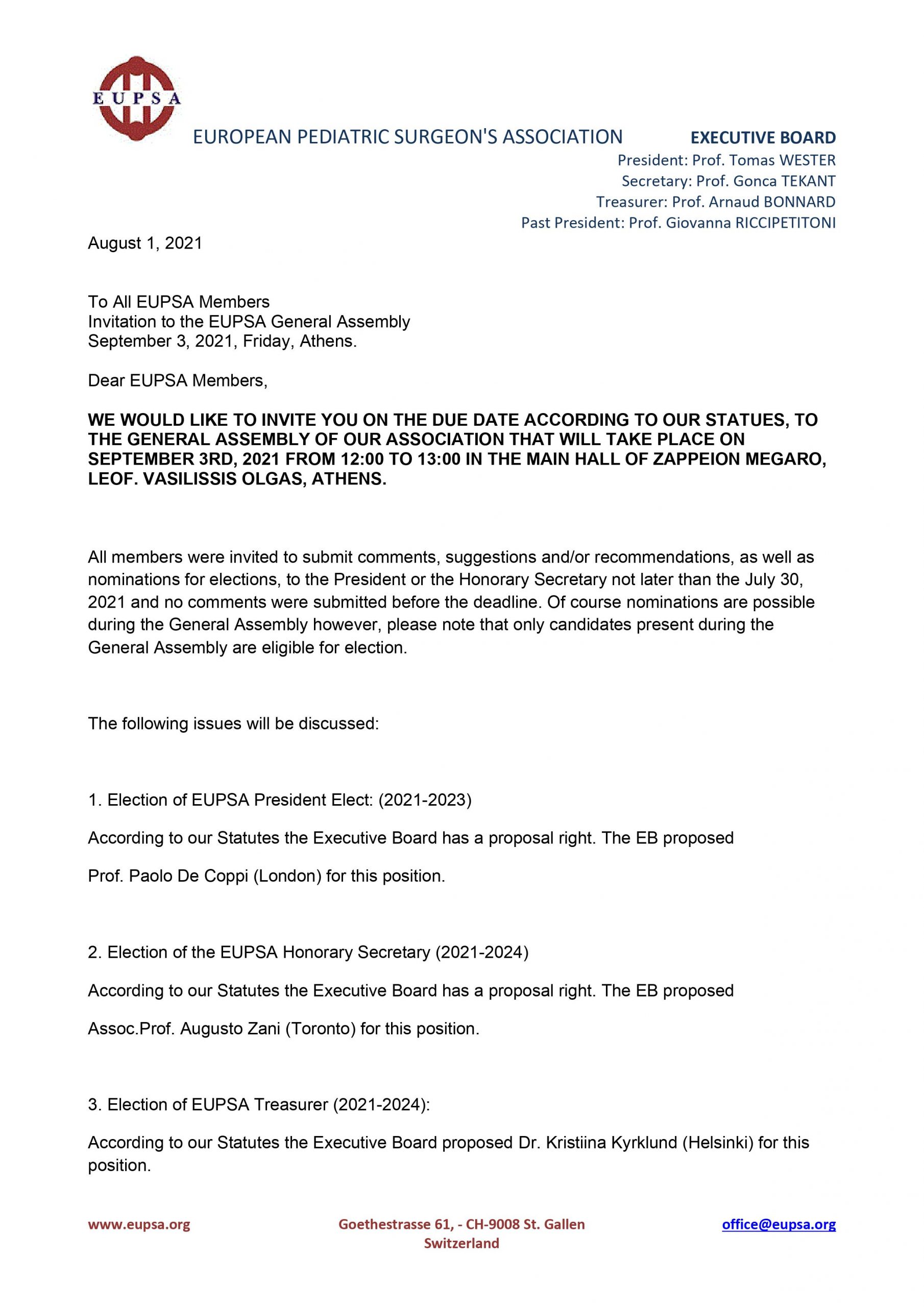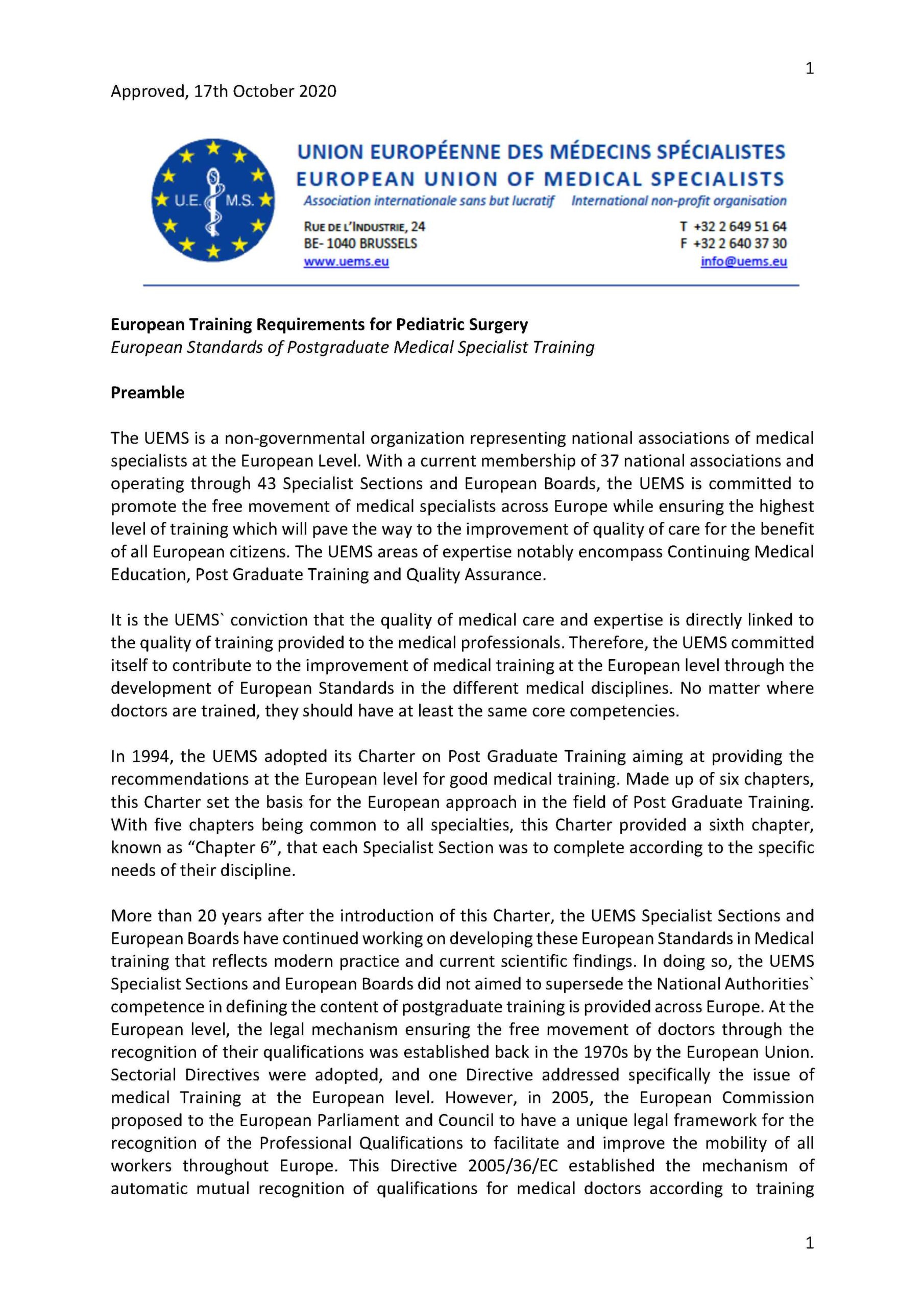Joint Statement by EAP, EPBA, ESPGHAN, ESPO, EUPSA, FISPGHAN, Kidsafe Queensland and RoSPA
“Button battery ingestion in children: Never Again” was the theme of the panel discussion hosted by the European Society of Paediatric Gastroenterology, Hepatology and Nutrition (ESPGHAN) and held during the World Congress of Paediatric Gastroenterology, Hepatology and Nutrition which took place virtually on Friday, 4 June 2021[1]. Participants included representatives from the European Academy of Paediatrics (EAP), European Portable Battery Association (EPBA), European Society of Pediatric Otorhinolaryngology (ESPO), European Paediatric Surgeons’ Association (EUPSA), both the European and the Federation of International Societies for Paediatric Gastroenterology, Hepatology and Nutrition (ESPGHAN and FISPGHAN), Kidsafe Queensland and Royal Society for the Prevention of Accidents (RoSPA).
The panelists discussed the catastrophic effects as well as the challenges of identifying and managing button battery ingestions. Discussion included acute management and removal as well as injury mitigation strategies through battery and product design as well as the recent legislative developments in Australia[2] and in the UK[3]. The Australian regulation, due to come into effect in June 2022, mimics existing requirements in international toy standards and will require amongst other things, child resistant button battery packaging and durable and secure battery compartments for products powered by button batteries.
The recently published medical algorithm for button battery ingestion[4] developed by the ESPGHAN Button Battery Task Force provides clinicians with a step-by-step guide for management of acute ingestion cases. However, given the time critical and devastating nature of the injury and the challenges in managing cases, one fundamental point on which all parties agreed is the need to prevent ingestion in the first instance. This will require, as a first step greater awareness of parents, carers and the general public in relation to the potential for severe and devastating consequences of button battery ingestion. But also, greater momentum towards battery and product innovation and redesign to prevent button battery ingestion or insertion and mitigate injury if this occurs. Clinical networks also needed to collaborate to develop and promote strategies for recognising unwitnessed cases, expediting care and managing complications in centres with specific expertise in button battery injury.
The abovementioned organisations have agreed to continue collaborating with other industry groups to drive change and call on other concerned parties, including policy makers, to join efforts in preventing button battery injury not only in Europe, but globally as well.
***
__________
About button battery ingestion:
Button batteries are ubiquitous products used to power a large number of household items including toys, gadgets, watches, medical devices (hearing aids, thermometers, glucometers) small appliances (key fobs, remote controls) just to name a few. Button batteries are accessed throughout their entire lifecycle; including when purchased new, from appliances as well as at the end of life. Currently in Europe, only toys are required to have durable, secure battery compartments. The miniature size, shiny surface and round shape make button batteries both appealing and easy to swallow, particularly for young children. Once inside the body, button batteries with sufficient residual charge can trigger a chemical reaction that can cause a localised, penetrating burn. Severe and fatal injuries are associated with the button battery becoming stuck in the oesophagus (food pipe). Diagnosis is challenging as many ingestions go unwitnessed by parents or carers, and children (depending on their developmental age) may not be able to say what has happened. Furthermore, in contrast to the devastating burn occurring inside, the symptoms of ingestion are non-specific, mimic other common childhood illnesses and evolve over the days to weeks that the battery is in the oesophagus.
If you suspect your child has swallowed or inserted a button battery, please call your acute health service or Poisons service for advice or bring the child to the nearest hospital as soon as possible. An Xray will confirm whether a button battery has been swallowed. Severe injuries can occur in only two hours.
For more information about ingestion of button batteries, how to create a safe environment for toddlers at home and what to do if you suspect your child has swallowed a button battery; please watch these videos:
and consult guidance available on these websites:
- https://buttonbatteryingestion.com/en
- https://www.rospa.com/home-safety/advice/product/button-batteries
- https://kidsafeqld.com.au/button-batteries/
For more information on this joint statement, please contact:
| EPBA
Raquel Ponte Costa Tel: +32 2 761 16 02
|
ESPGHAN
ESPGHAN Office Tel: +41 (0)22 900 04 01
|
[1] https://www.wcpghan2021.org/
[2] https://www.productsafety.gov.au/standards/button-and-coin-batteries
[3] Publicly Available Specification (PAS) standard, PAS 7055:2021, Button and coin batteries – Safety requirements – Specification https://www.gov.uk/government/news/opss-support-new-standard-for-battery-safety




